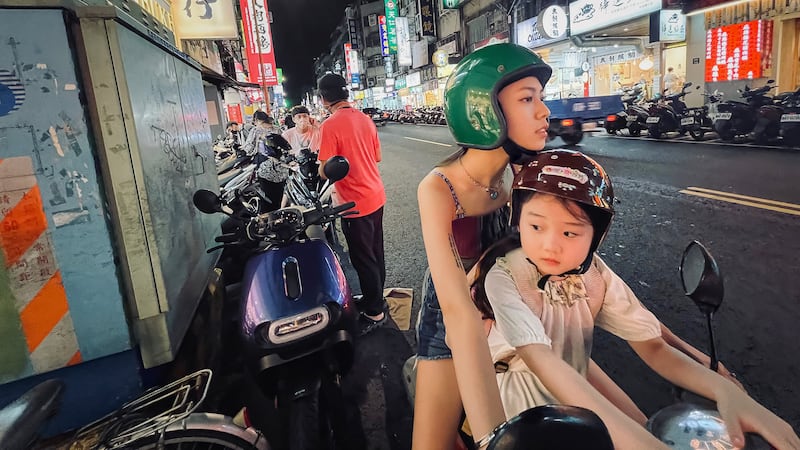There are films – see Jem Cohen's Museum Hours or the Desperate Optimists' oeuvre – that dare to blur the lines between experimental cinema and installation work. Manifesto is not among them.
The film's monstrously sized intertitles have, since the project premiered at the Australian Centre for the Moving Image in 2015, become voguish enough to feature in everything from Netflix's Mindhunter to Joe Wright's Darkest Hour.
But save for that stylistic tic, this 90-minute theatrical cut – unveiled at last year’s Sundance Film Festival – isn’t remotely “theatrical”.
Cate Blanchett stars in what was originally a multiscreen exhibition by German film-maker Julian Rosefeldt. The Australian Oscar-winner essays 13 different roles – including an incineration plant worker, a newsreader and a choreographer – with varying degrees of success and tone. Her eastern European choreographer reading from Yvonne Rainer's No Manifesto is campy and cartoonish. Her blue-collar slob – despite the heroic efforts of Morag Ross (make-up) and Massimo Gattabrusi (hair) – never convinces as anything other than Hollywood star in a lumpy jumper. And let's never, ever speak of Blanchett's turns as a tattooed English punk and a bearded hobo again.
The dialogue – or rather monologue – is stitched together from the writings of some 60 revolutionaries, including Karl Marx, Guy Debord, Alexander Rodchenko, Coop Himmelb(l)au and Wyndham Lewis.
A redheaded widow's funeral oration references the Dadaists, notably Richard Huelsenbeck and Tristan Tzara. "We want to shit in different colours," Blanchett solemnly tells the congregation. Claes Oldenburg's I am for an Art is delivered as a pre-meal grace by a conservative, affluent Bible Belt housewife.
The best juxtaposition is left until last, when a kindergarten teacher outlines the rules of Dogme '95, with added footnotes from the writings of Jim Jarmusch, Stan Brakhage and Werner Herzog. There's even more fun in watching Blanchett's newscaster chat with a weather reporter (more Blanchett), from notes on minimalist art by Sturtevant. How's that for an unnecessary journey?
Working with cinematographer Christoph Krauss, Julian Rosefeldt finds plenty of interesting modernist tableaux: the film was shot over 12 days at such Berlin locations as the Friedrichstadt-Palast and Teufelsberg. Overhead angles and odd details – notably a puppeteer playing with a Blanchett-alike doll – add to the overall sense of discombobulation.
One for the fans. Fans of Blanchett and Kazimir Malevich’s Suprematist Manifesto. Wherever they may be.
















